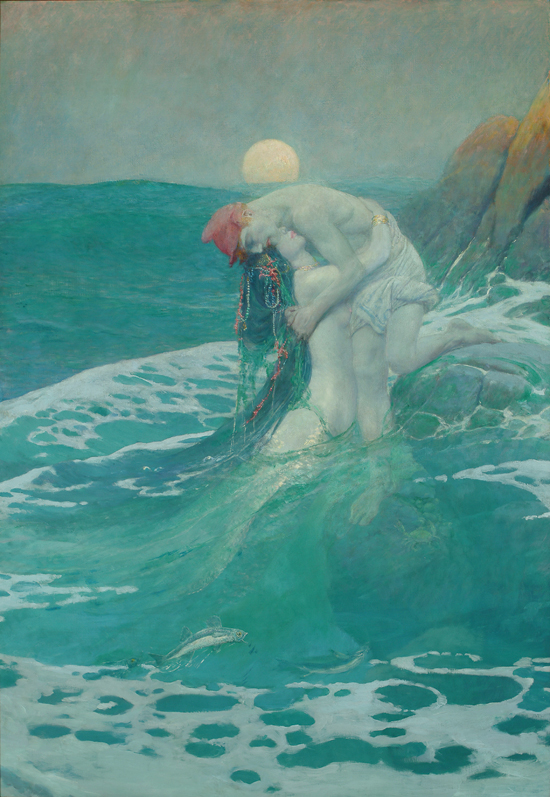 |
| "Winter Pause" 8x10 oil on canvas (currently at 910 Events Gallery) |
1. If you enjoy painting from photos (or your subject matter requires it), always have a decent camera handy and take tons reference photos. If I visit a place like the Botanic Gardens or the Zoo I take 300+ shots. Also, take photos in a variety of weather conditions. You just don’t know what will make a great painting. On a rainy day, take a few minutes to organize your photos by subject, place, etc.
2. If you have an older digital camera like I did consider upgrading. I can’t imagine not having a digital 20X zoom. First these "bridge" cameras have really come down in price. Places like Best Buy and QVC have them all the time for well under $300. One of the best "art" investments I made this year and I can't wait to travel with it.
3. Prior to 2012 I usually printed out my reference photos, but now I paint mostly off my iPad--and I'm finding many artists work off monitors and laptops as well. Consider what you spend on printer ink each year. You may find that a tablet will save you money within the first year.
4. If you’re an oil painter who likes to work alla prima (or wet in wet) try using transparent oils pigments to quickly block in your major shapes. This takes a little practice but floral painters like Hedi Moran and Dreama Perry swear by this method.
5. Interesting shapes are one of the key building blocks of a strong painting. How do you improve your shapes? Take a look at your most recent painting. Are your shapes complete, specific, and unique? This is one I find you have to work harder at than you think you would.
6. A helpful way to start your painting is to establish the BIG shape and value relationships first. You want to nail down these proportions carefully before proceeding to the medium and smaller detailed shapes—as tempting as those can be. Especially when you’re working on larger canvas.
7. Like many painters, I’ve been a casual art history buff since I was a child. I may be dating myself but anyone remember Masterpiece--The Art Auction Game? It was the first time I saw a Pollock and I was fascinated. If there’s a painter you admire, take the time to really study them. Maybe read a bio about them. You'll likely learn something about them that you can apply to your own art.
8. Do some art related activity out of your comfort zone. Only you can define that. Work larger, faster, smaller, brighter, looser, tighter? And don't be too hard on yourself when you are in "experimental" mode.
9. What about those times you just can’t paint? It’s OK to take creative breaks once in a while. Build your inspiration file—browse through magazines (they don’t need to be specifically art related), check out sites like Pinterest, Google your favorite subject+ media. For example: Peacock watercolor.
10. That being said there’s no substitute for easel time and brush mileage. I love thinking about painting but there’s nothing like doing it. So sometimes it is better to push through tough days and grab a brush. It’s better to paint something and learn to enjoy your lifelong journey.

































